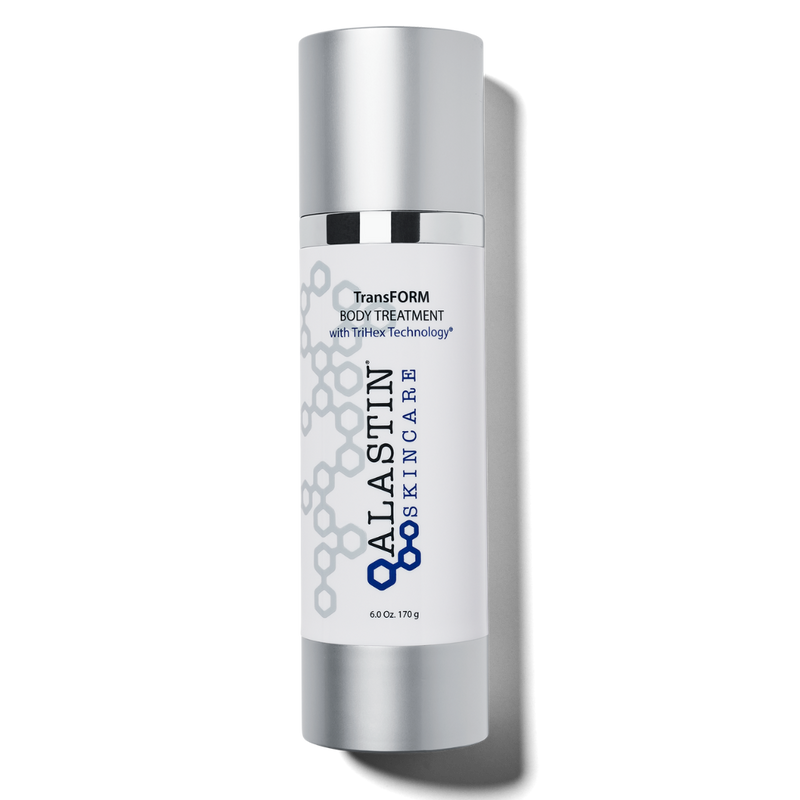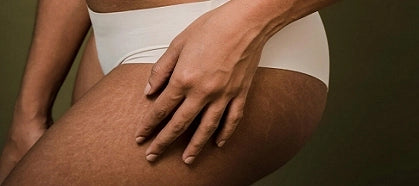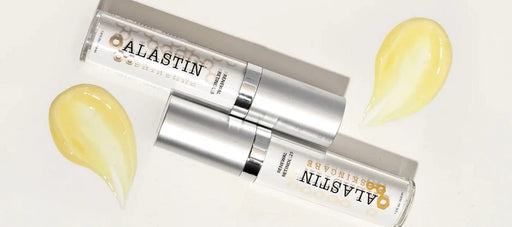You have no items in your bag
What Can Be Done About Cellulite?
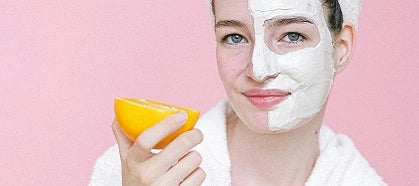
It's estimated that 80% to 90% of women have cellulite somewhere on their bodies. Most commonly, it appears on the thighs, hips, and gluteus area, but some women notice it on their stomach and breasts. While cellulite isn't dangerous to our health, it can cause stress related to how we perceive our appearance, so many women with moderate-to-severe cases seek treatment. Keep reading to learn the possible causes of cellulite and which treatments have the most promise.
Cellulite Symptoms
Cellulite is visible as bumps or dimples on the surface of the skin. Its appearance is like cottage cheese, an orange peel, or mattress-like.
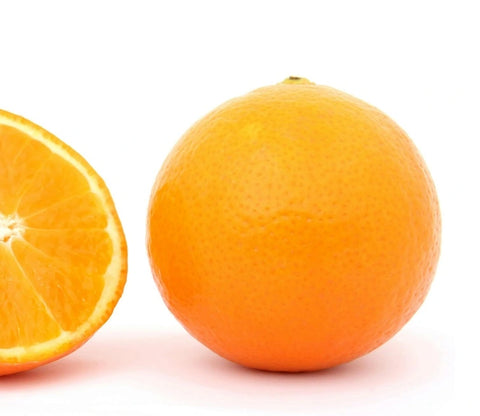
Cellulite may appear at any time in a woman's life after puberty. Life events like pregnancy and menopause may be triggers for some. While men can also have cellulite, it's rare. Because cellulite affects only 2% of men vs. 80% to 90% of women, its development is thought to be estrogen-related on some level. There is also a difference in the way men’s and women's bodies are structured, which may explain the difference in who is affected.
Cellulite occurs when pockets of fat are pushed toward the surface of the skin between the septa that link the skin to muscle. In women, the septa are arranged vertically, while in men's bodies, they form a waffle pattern that seems to keep the fat pockets in place.
Excess fat may also play a role in the development of cellulite, and women tend to naturally carry more fat than men. That said, even thin women can have cellulite.
Cellulite Causes
There are a few possible causes of cellulite. The first is when dimples are created by weakened septa, allowing those fat pockets to be pushed toward the skin's surface. Another potential cause is an increase in estrogen at puberty, during pregnancy, or while on oral hormone therapy. A third is inflammation, which may result from obesity or insulin resistance.

Aging may also be a factor in the development of cellulite. As we age, the collagen and elastin content of our skin naturally declines, weakening our skin and potentially allowing more fat to squeeze toward the surface. However, since both men and women age and men aren't as prone to cellulite, aging is not necessarily a cause.
Cellulite Treatments
Does cellulite go away? Women searching for a miracle cure for cellulite may be disappointed to know there isn't a guaranteed way to remove cellulite yet. Still, treatments have come a long way, and some show promise in clinical studies. Here are a few of the more popular options that may reduce the appearance of cellulite:
- Gels and creams: Of the many ingredients claimed to be helpful in reducing cellulite, caffeine and retinol are the most studied. They show some promise in small, short-duration studies, but not enough for the FDA to approve any for reducing cellulite.
- Supplements: The FDA has not approved any oral supplements for cellulite treatment. However, one six-month, placebo-controlled study reported "significant improvement in cellulite severity and skin appearance" with collagen. More research is needed, though.
- Massage: Many believe that machine-assisted massage can help with microcirculation and drainage issues that might contribute to cellulite, but not enough research has been done for the results to be conclusive.
- Energy therapies: Radiofrequency (RF), lights, lasers, and acoustic waves are types of energy therapies that have been well-studied in recent years. The most promising of these treatments seems to be acoustic wave therapy. Two devices, Cellactor and Z-Wave, are the main ones used for this treatment. Studies showed significant improvement in the appearance of cellulite after 6-8 sessions, but there's no information on whether the results last beyond one year.
- Subcision: This is a surgical technique recommended for cellulite that is visible at rest. There are several types: manual, vacuum-assisted, laser-assisted, chemical, and acoustic subcision. Manual subcision is highly dependent on the skill and steady hands of the surgeon, while the newer kinds are currently being studied. So far, vacuum-assisted subcision shows the longest-lasting results at more than three years.
- Injectables: Two injectables have been studied for the treatment of cellulite, and their results were good: Sculptra from Galderma and Radiesse by Merz. Both were well-tolerated, and the women studied rated their satisfaction level as high.
If you choose subcision or injectables to treat your cellulite, Alastin has two products that work well for post-procedure care. TransFORM Body Treatment with TriHex Technology® is the winner of New Beauty's 2021 "Best Post-Procedure Body Treatment" award. ReFORM & RePAIR COMPLEX with TriHex Technology® is designed to assist with recovery from surgery and injectables. TriHex Technology® is our proprietary ingredient that is formulated to support the production of new, healthy elastin and collagen.
Treatment for cellulite should be determined based on your individual needs. Work with your doctor to look at your case and contributing factors and choose your best option.
Resources


